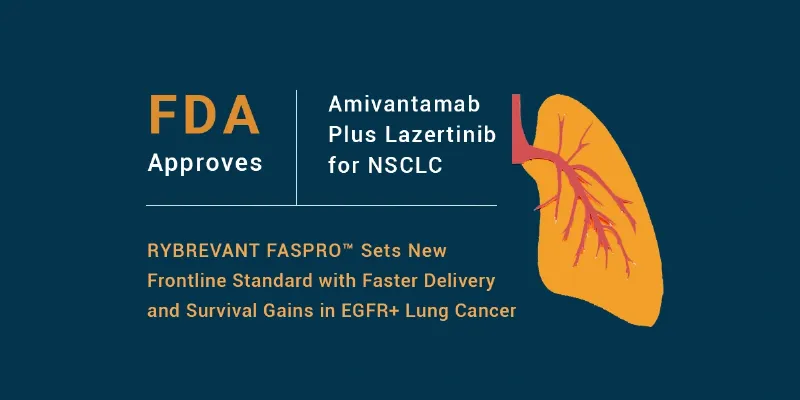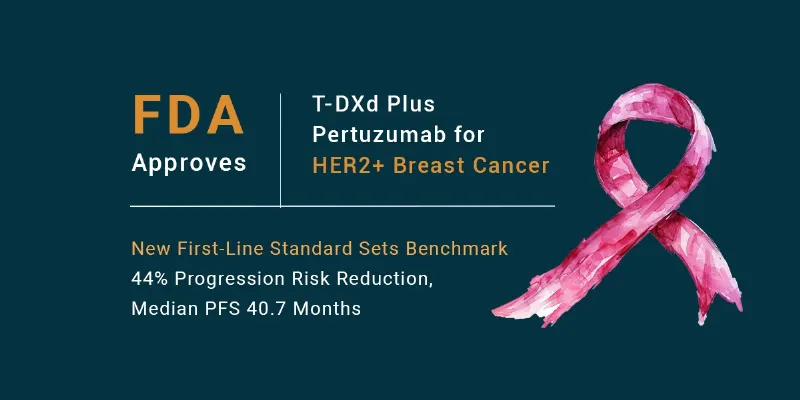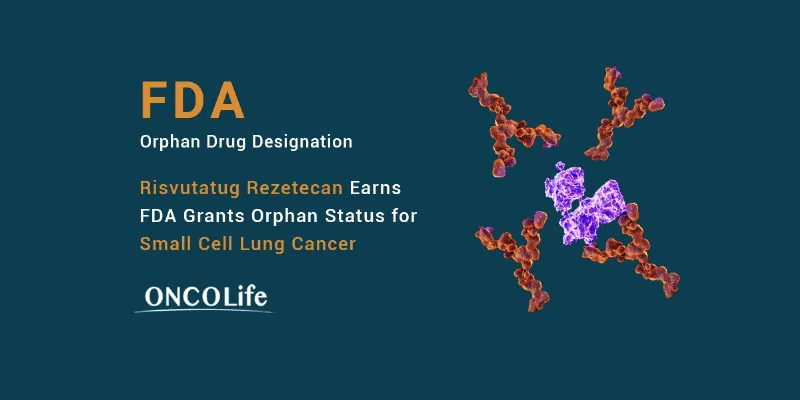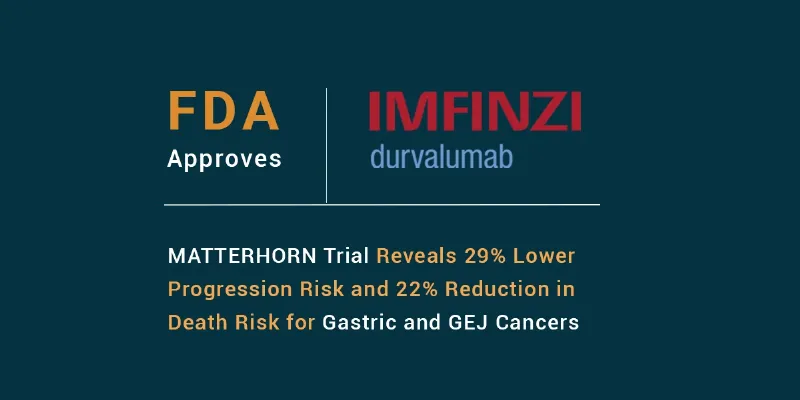NeuroBo Pharmaceuticals Submits FDA IND Application for Novel Obesity Drug DA-1726

1 January 2024
NeuroBo Pharmaceuticals announced the filing of an IND application with the FDA for a Phase 1 trial of DA-1726, a novel obesity treatment. DA-1726, a dual agonist targeting GLP1R and GCGR, has shown promising preclinical results in reducing food intake and enhancing weight loss.
NeuroBo Pharmaceuticals, has taken a significant step forward in obesity treatment by filing an Investigational New Drug (IND) application with the U.S. Food and Drug Administration (FDA). This move paves the way for a Phase 1 clinical trial of DA-1726, an innovative drug candidate that could revolutionize obesity management. The trial aims to assess its safety and efficacy, with initial dosing planned for the first half of 2024.
The Innovative DA-1726
DA-1726 is a cutting-edge dual oxyntomodulin (OXM) analog agonist, working on both glucagon-like peptide-1 receptor (GLP1R) and glucagon receptor (GCGR). This dual action is key to its potential effectiveness in treating obesity. It’s designed to decrease food intake and increase energy expenditure, leading to sustained weight loss.
Preclinical Success and Expectations
"Filing of the IND for DA-1726 is a seminal event in the development of this GLP-1 and glucagon dual receptor, bringing it one step closer to the clinic as a potential new treatment to address the significant obesity market," stated Hyung Heon Kim, President and CEO of NeuroBo. “Preclinical evidence shows that DA-1726 reduced food intake while also increasing energy expenditure, which resulted in persistent weight loss in diet-induced obese mice and rats. Importantly, in mouse models, DA-1726 showed superior weight loss compared to semaglutide (Wegovy™). Additionally, the administration of DA-1726 resulted in similar weight reduction while consuming more food compared to tirzepatide (Mounjaro™). It is our belief that DA-1726's balanced activation between GLP-1 and glucagon receptors, may lead to better glycemic control and may have a better tolerability profile than current GLP-1 agonists. We look forward to initiating the clinical development for DA-1726, with the first dose expected to be administered in the first half of 2024 and an expected data readout in the first half of 2025.”
Phase 1 Trial Design
The upcoming Phase 1 trial is meticulously designed as a randomized, placebo-controlled, double-blind study. It aims to assess the safety, tolerability, pharmacokinetics (PK), and pharmacodynamics (PD) of DA-1726. The study will be conducted in two parts:
- Part 1: A Single Ascending Dose (SAD) study with about 45 participants divided into five cohorts.
- Part 2: A Multiple Ascending Dose (MAD) study with approximately 36 participants divided into four cohorts.
Participants will receive either DA-1726 or a placebo, with a focus on safety and tolerability as primary endpoints. Secondary endpoints will include PK assessments, while exploratory endpoints will observe the drug's effects on various metabolic and cardiac parameters.
The first dose of DA-1726 is expected to be administered in the first half of 2024, with data readouts anticipated in the first half of 2025. This trial marks a significant milestone in the battle against obesity, a condition affecting millions worldwide. DA-1726 stands out with its unique mechanism as a GLP1R/GCGR dual agonist, offering potential advantages over existing treatments.
About DA-1726
DA-1726, a novel oxyntomodulin (OXM) analogue, acts as a dual GLP1R/GCGR agonist for treating obesity and NASH, administered subcutaneously once weekly. It promotes weight loss by reducing appetite and boosting energy expenditure. In preclinical mouse models, DA-1726 outperformed semaglutide and cotadutide, other OXM analogues, in terms of weight loss, demonstrating its effective and well-understood mechanism.











Comments
No Comments Yet!